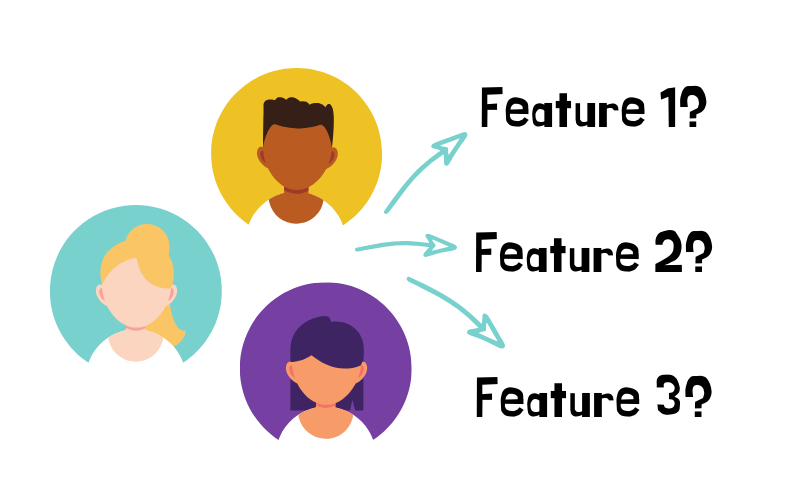
Once we start digging into a new product roadmap my team and I sometimes find that there are a lot of assumptions being made about what’s going to succeed. When we suggest some more research or product work we get push back: “but we understand our customer”.
Then my alarm bell goes off.
Especially when the people have high domain experience.
The reality of new products, major new releases and major new functionality is that you can’t know. Everything is a hypothesis until you’ve proven it with behavioural data. Until people are using it, getting benefit from it and (usually) you’re being paid somehow for it.
People often act differently to how they say they will act, their priorities don’t match what they say their priorities are.
And hey, even if you have a great understanding of your customer, wouldn’t you want to do everything you can to make better decisions that result in a better product and better outcome?
Table stakes for having a great understanding of your customer is taking a product-led approach. But beyond that, what’s usually missing when I hear “but we understand our customer” is some kind of as-close-as-possible-to objective, regularly validated framework within which to think about what your customers need and how you can solve those needs.
Finding the right prioritization framework for you/your team can be a journey of trial and error. Some scenarios may call for a different framework than others, and your framework of choice may evolve over time.
Whether you’re experiencing high demand and you need to prioritize, struggling with lack of demand or breaking ground on a new idea, the objective, regularly validated framework for thinking about the needs of your customers is a must have.
How are you going to disappoint people? Who will you disappoint? Better to do it consciously instead of accidentally. Who will you delight? How will you delight them?
How valuable is each item to the business? To your customer?

Scott Middleton
CEO & Founder
Scott has been involved in the launch and growth of 61+ products and has published over 120 articles and videos that have been viewed over 120,000 times. Terem’s product development and strategy arm, builds and takes clients tech products to market, while the joint venture arm focuses on building tech spinouts in partnership with market leaders.
Twitter: @scottmiddleton
LinkedIn: linkedin.com/in/scottmiddleton